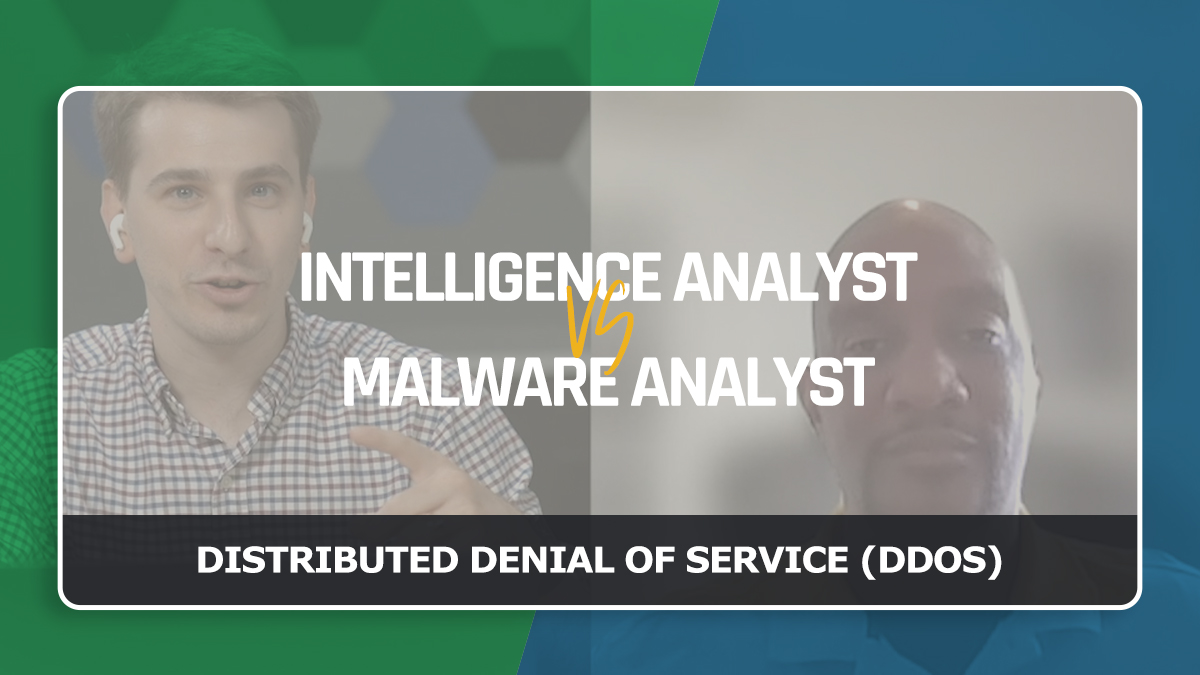
In today’s digital age, where technology drives the world forward, we are constantly reminded of the delicate balance between innovation and vulnerability. One such vulnerability that continues to make headlines is the Distributed Denial of Service (DDoS) attack. These malicious acts disrupt online services, leaving organizations and individuals scrambling to understand, adapt, and defend against the ever-evolving tactics of threat actors.
Understanding the Intricacies of DDoS Attacks
Delving into the world of DDoS attacks reveals an intricate web of strategies employed by attackers. Recent conversations have shed light on the multifaceted nature of these attacks, emphasizing their potential to exploit media channels for propaganda and create chaos. By leveraging news outlets and manipulating narratives, attackers can spread panic and confusion, amplifying the impact of their assaults.
Decoding Effectiveness and Defense
Measuring the actual effectiveness of DDoS attacks is a challenging task. It involves more than just assessing the immediate disruption caused; it requires a comprehensive understanding of the layers of defense an organization must establish. The technical aspects of defense mechanisms were explored, with insights ranging from historical methods like black hole routing to more sophisticated strategies like rate limiting and Web Application Firewalls (WAFs).
Innovations in Defense Mechanisms
Cutting-edge defense mechanisms have emerged over time. One of the standout solutions is the Anycast Network diffusion, offered by cloud providers. This innovative approach redistributes incoming traffic across a global network of servers, effectively diffusing the impact of an attack and ensuring continued operational functionality.
Temporal Aspects of Attacks and Geopolitical Motivations
Unraveling the timing of DDoS attacks provided intriguing insights into the potential origins of threat groups. By correlating attack times with specific time zones, experts have managed to infer the geographical locations of malicious actors. Moreover, the conversation highlighted the intricate dance between attackers and the global geopolitical landscape, where cyclical attack patterns often coincide with political agendas.
Emergence of “DDoS as a Service”
As the digital landscape continues to evolve, a looming concern has emerged: the potential commoditization of DDoS attacks. Recent speculation suggests that threat actors could offer their attack tools as a service, further amplifying the reach and impact of these assaults. This alarming prospect underscores the necessity for constant vigilance and adaptation in an ever-changing threat landscape.
Conclusion
In a world where technology connects us all, the shadow of cyber threats is a stark reminder of the need for robust defense mechanisms. Recent conversations surrounding DDoS attacks have illuminated the multifaceted nature of these assaults and the innovative methods employed to counter them. As defenders strive to stay one step ahead, it’s clear that the digital realm remains a battleground where knowledge, adaptability, and vigilance are the most potent weapons against the forces of disruption.
https://www.linkedin.com/company/10948533

